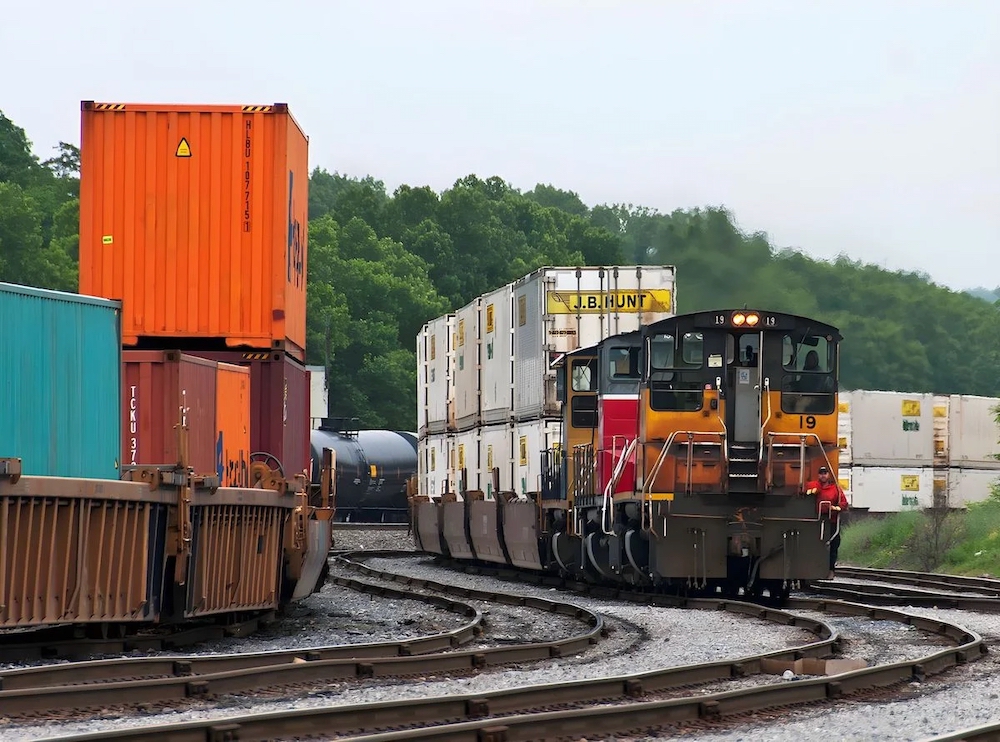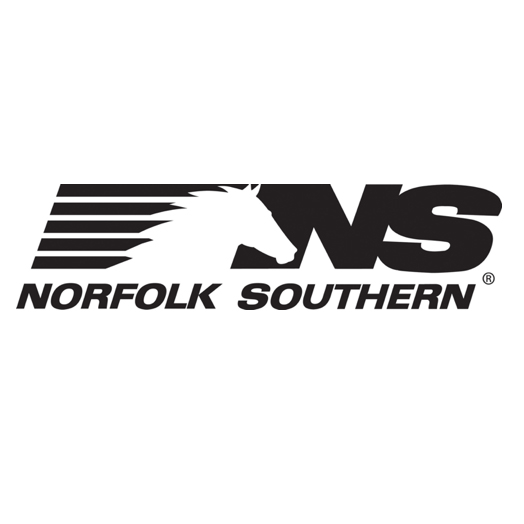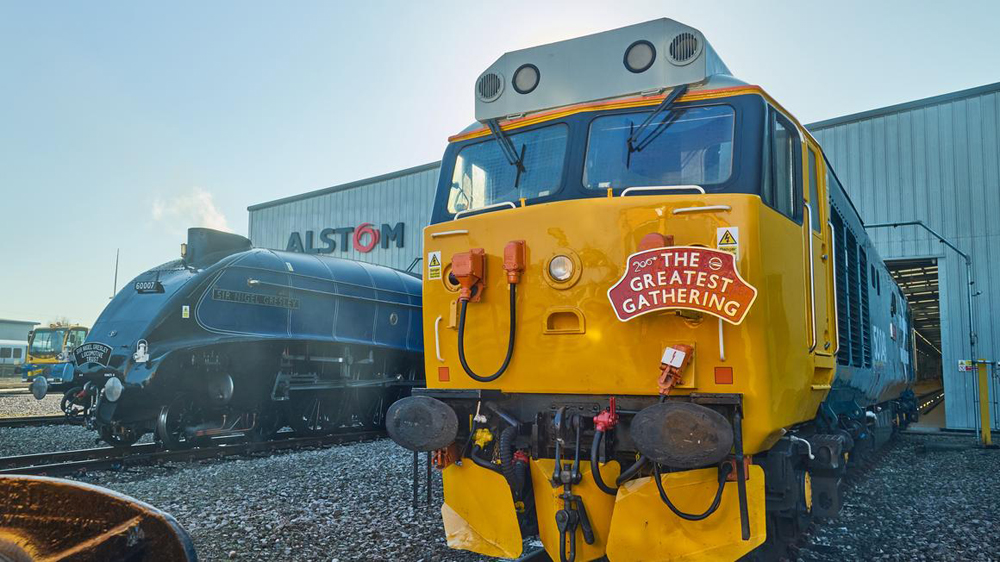Railroads have gained regulatory approval to haul liquified natural gas in tank cars. Now the questions are how quickly will an LNG market develop and how big will it be?
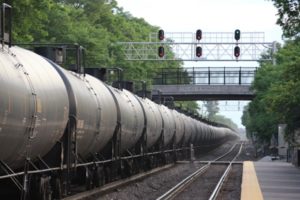
A new fleet of cryogenic tank cars would be required to get LNG moving on rails. Of the 433,000 tank cars in service in North America, only 62 are DOT-113C120W cars capable of hauling LNG, says Richard Kloster, a rail equipment consultant. Most of the existing DOT-113s, which have an inner stainless steel tank and carbon steel outer tank, carry industrial gases.
“Since the announcement of the executive order in early 2019, there has been increased interest in our LNG tank cars for transporting LNG by rail as freight – for both domestic consumption and for export,” says Jill Evanko, CEO of Chart Industries, which built the LNG locomotive fuel tenders used by FEC and Ferromex.
Potential rail-served markets are centered on areas where existing pipeline infrastructure doesn’t exist or is insufficient to meet demand, Evanko says, plus cross-border movements between the U.S. and Canada and Mexico. Canada approved LNG by rail in 2014 but the market was too small to justify purchase of tank cars, Evanko says. Mexico currently does not permit LNG moves by rail.
“From a technology and market development standpoint, rail-hauled LNG is still embryonic,” says Paul Titterton, chief operating officer for railcar leasing company GATX. “Therefore GATX is unable to make any assessment yet as to whether LNG tank cars will represent an investment opportunity for operating lessors.”
BNSF Railway, CSX Transportation, Kansas City Southern, and Union Pacific say they are exploring the potential market for LNG. Norfolk Southern declined to comment, and the Canadian railways did not respond to a request for comment.
Key destinations for LNG by rail include parts of New York and New England, as well as areas on the West Coast, where natural gas power plant demand often exceeds pipeline capacity. The power plants tap LNG storage facilities on extremely cold or hot days when electricity demand surges. LNG also is used as fuel for off-grid locations in remote locations, such as drilling for oil and gas.
New England currently receives LNG by ship, plus via truck from Canada and Pennsylvania, says Stephen J. Leahy, vice president, policy and analysis at the Northeast Gas Association, an industry trade group. It’s difficult to build new natural gas infrastructure, including pipelines and terminals, due to local opposition and the permitting process. “To have LNG move by rail into the region would be a tall order,” Leahy says.
But shipping LNG in 30,000-gallon tank cars is less expensive than truck for moves over 200 miles, Joshua Soles, BNSF’s market manager for LNG, told the North East Association of Rail Shippers in October.
It’s not yet clear what form LNG rail service might take. BNSF has received inquiries about unit-train service involving tank cars and ISO containers, as well as moving both in manifest trains, Soles says. “Right now that’s a reflection of the market not really understanding quite yet what it needs,” he says.
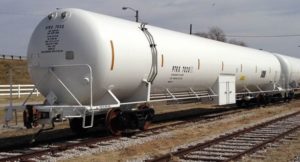
Environmentalists oppose the shipment of LNG by rail and Democrats in Congress question its safety, claiming that the new regulations were rushed into place without proper review. The House has advanced legislation that would rescind authorization of LNG shipments until further safety reviews are conducted.
“Rail is undeniably safer than over-the-road transportation of LNG,” Soles says. Railroads have only 3% of the hazardous materials incidents of trucks despite carrying roughly equal hazmat tonnage. LNG is less flammable and has a lower flash point than propane and gasoline, two other hazardous commodities shipped by rail, Soles notes.
The new LNG regulations require remote monitoring of the pressure and location of LNG tank cars. To improve braking, the rule requires use of a two-way end of train device or distributed power when a train is transporting 20 or more tank cars loaded with LNG in a continuous block, or 35 or more such tank cars of LNG anywhere in the consist.
Analysts say LNG will not be a major market for railroads.
“I don’t see LNG by rail as ever becoming more than a small niche,” says Graham Brisben, CEO of PLG Consulting. The DOT-113 tank cars are expensive, he notes, and there are too many other lower-cost options for moving LNG.
Don’t expect to see unit trains of LNG anytime soon. “There could be a market, but it will be a niche and it will require investment in railcars and terminals that will take years, if not decades, to see through to completion,” says Todd Tranausky, a rail and intermodal analyst at FTR Transportation Intelligence.






